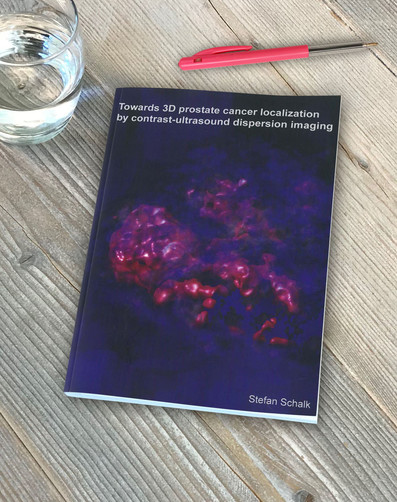
Prostate cancer is the most occurring type of cancer in the western world. However, due to the lack of reliable imaging techniques, typical treatment has a radical nature (e.g., excision or radiotherapy of the whole gland), carrying an increased risk of infections, urinary incontinence, and impotence. Moreover, standard diagnostics, based on systematic biopsy, is invasive and has a large chance of missing tumors. For these reasons, several studies have recently been carried out to find new prostate cancer imaging techniques enabling biopsy targeting and focal treatment. One of the most promising ultrasound-based approaches is contrast-ultrasound dispersion imaging (CUDI), which exploits the microvascular differences between angiogenic and normal vasculature to distinguish between benign and malignant tissue. In particular, it aims at estimating the local dispersion of intravenously injected ultrasound contrast agents. Because the size of these contrast agents is comparable to that of red blood cells, they can travel through all the microvasculature while staying intravascular; they are therefore ideal for hemodynamic analysis. Acoustic time-intensity curves, reflecting the contrast concentration over time, are measured throughout the prostate by contrast-specific ultrasound imaging. Subsequently, local dispersion is estimated either by model fitting in the time domain or by assessment of the similarity between neighboring time-intensity curves. Until now, CUDI has been investigated in 2D only. For 2D CUDI, each plane in the prostate requires a separate injection of contrast agents, making this method too costly and time-consuming for clinical implementation. Moreover, even with multiple injections, it is impossible to cover the full prostate volume. A 2D approach also poses important limitations for registration and fusion of the obtained parametric maps with live ultrasound imaging, required e.g. for accurate biopsy targeting. In this thesis, we propose a solution to these challenges by improvement of 2D CUDI and validation procedures and by extending CUDI to a full 3D implementation.
Download Thesis